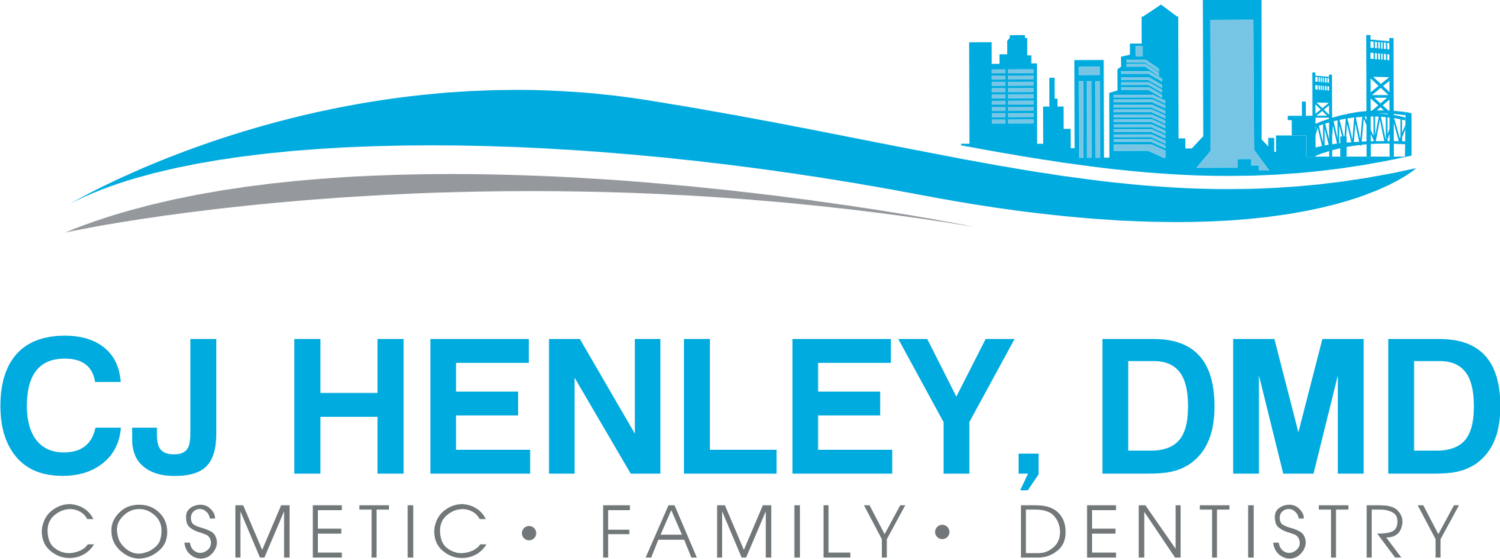The Washington Post (6/16) features commentary from Gene Weingarten titled “Let’s get to the root of AARP’s dental insurance,” in which he explores a dental benefit plan with a premium and deductible that nearly equals the maximum amount of coverage that could be provided.
We strongly agree that self-pay dental insurance plans are a disservice to patients! Please read our online article Retirement and Dental Insurance. We believe that your money works best for you when it is in YOUR POCKET!
Please see below for the full article from the Washington Post.
Like most of you, I have health insurance. Like most of you, my health insurance says it covers dental work. As with most of you, this is basically a fiction. Insurance companies are famously stingy at the dentist.
Whenever I leave my dentist’s office, he and I follow a ritual. He solemnly informs me he will first bill my insurer, and I agree that would indeed be prudent. Then, about six weeks later, I get a letter notifying me that my insurance company has completely paid for all but $328 of my $341 bill.
So you can imagine my excitement when I recently got a letter from AARP, informing me it has a dental plan for which I qualify, as a new member in good standing.
(I resisted joining AARP for years, for the same reason everyone resists, which is that even though AARP ads feature photos of “seniors” of a certain physical type — think Paul Newman and Sophia Loren — deep down, when most of us think of AARP, we think of Grandpappy Ned, who sometimes forgets to close the bathroom door. I am ashamed to admit I finally gave in and joined only after AARP offered a free tote bag. In my mind it was going to be made of supple leather, the sort of tote bag Paul and Sophia would take to the spa in Cannes; what arrived in the mail had the dimensions of a tote bag but appeared to be made of cellophane. True fact: I stepped on a bathroom scale, then picked up the tote bag, and the needle did not stir.)
Anyway, could it be that the sheer size of AARP — its numbers are mighty — has cut through the insurance companies’ tooth parsimony? I sent away for the dental plan, and AARP emailed it to me. It was customized under my name! At the end was an enrollment form, and it was already filled in with my name and address. They make it so easy for a senior to sign on. But first I had some questions.
Me: Hi. I’m afraid this plan is not for me.
AARP Lady: Okay.
Me: I can’t see how it is for anyone. Is anyone actually enrolled in this?
AARP Lady: It’s a very popular choice!
Me: Okay, the premium is $72.20 a month, which comes out to $865.20 a year. And there is a yearly deductible of $50, so I’ll basically start out paying $915 a year.
AARP Lady: Okay.
Me: Most years, I don’t pay anywhere near that much for dental care, except for the occasional year when I have real problems and need a root canal and crown, which can cost close to $4,000. So I’m thinking this is where the stiff monthly premiums pay off, when my insurance company rides in and rescues all us wrinklies, shouldering our deep financial burdens, taking on our risks, enveloping us in the warm bosom of its protection. Except ... at best you pay less than half of my bill for a root canal and crown.
Me: Noted. But that’s not the really bad thing, which is this: You have a $1,500 yearly cap on what you will pay me. For anything, and everything. So for my $915, you are promising to bear risks in any given year all the way up to a theoretical grand total of $1,500, which works out to a net risk to you, tops, of $480. If my dental bills exceed that by $5,000, that’s my burden. Now, to be fair, I do notice you also cover, separately, tooth-shattering traffic accidents and such, which could be huge — jaws rebuilt, and whatnot.
AARP Lady: That’s a complimentary benefit, but only if you pay in advance for the whole year.
Me: So I see. But that’s not my real problem. “Accident” coverage maxes out at $1,000 for your entire lifetime. Second accident? It’s on you. AARP Lady, who buys this policy?
AARP Lady:
Me: I’m thinking Grandpappy Ned.

